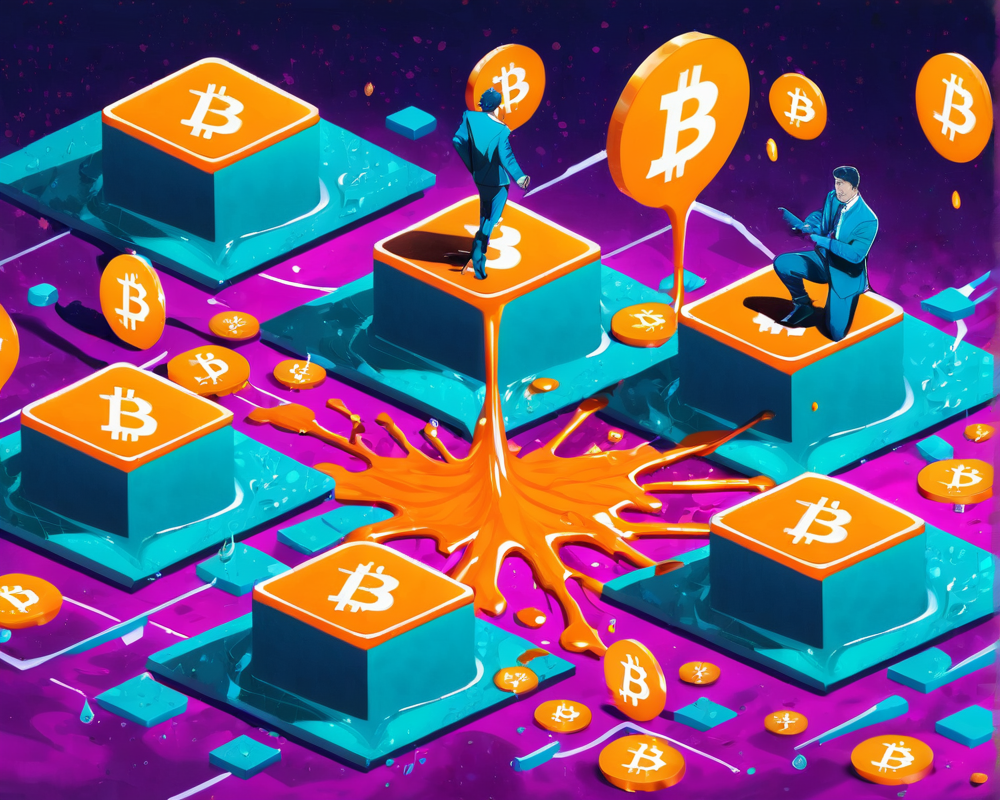The FTX Fallout: A Wake-Up Call for Investors
It’s hard to believe we’ve reached the point where a cryptocurrency fiasco gets compared to a financial meltdown equivalent to Lehman Brothers. But here we are! The collapse of FTX shook the crypto world, revealing just how fragile this once-expanding empire really was. While the era of digital currency had us dreaming of lambos and moon plots, November threw a wrench in the works that left many scrambling to figure out their next steps.
Centralized vs. Decentralized: The Great Debate
The crux of the issue lies with centralized exchanges, which have become more like haunted houses for investors, leaving many to wonder if there’s a ghost of a chance for their funds. At a high level, these platforms prioritize efficiency but reel in an unflattering side-effect: vulnerability. Fast-paced Web3 has left us in an arena that demands stability, yet often invites digital boogeymen. FTX isn’t the only villain; platforms like Binance and Coinbase are haunted by whispers of lack of transparency and a glut of risks.
How Centralization Lures Investors
Oh, the sweet siren song of centralized exchanges! When markets are bullish, investors often feel cozy, cradled under the false reassurance of perceived safety. But ride that wave for too long, and you might find yourself drowning when reality strikes. Think of investing in a centralized exchange as booking a safari tour in a lion’s den—feels safe until your guide trips and leaves you trapped!
Emerging Solutions: Self-Custody Wallets
The silver lining here? The push for self-custody wallets, encouraging investors to take the wheel of their own digital fate. As panic exited the building, many turned to hot and cold wallets to secure their holdings, but not all are created equal. So, before parking your crypto in an Argo-style driveway, take a moment to ask—what exactly am I parking my wealth under?
Assessing Your Choice of Assets
Take Tether (USDT), for example: it has been under fire for its lack of transparency regarding asset backing. You might feel secure, only to discover everyone at the party is holding empty cups! Others like USD Coin (USDC) offered reliability—until the curtains were pulled back, revealing some concerning connections to centralized control.
Regulatory Scrutiny: A Double-Edged Sword
As regulators now eye the crypto sphere with magnifying glasses, debates rage over who to blame—SBF or the mighty Changpeng Zhao. The impending regulations could lead to a tighter grip on centralized exchanges or an overhaul of decentralized offerings. It’s crucial to ensure that regulations don’t become the net that catches the wrong fish. Maybe it’s time to reevaluate: should we prioritize regulating the crypto zoo or ensuring it doesn’t have doors that can just suddenly close?
The Future is DeFi: A Viable Path Forward
Decentralized finance (DeFi) has its shining moment here. By adopting agent-based simulators to model risks, we can create systems that test trade endeavors before they find themselves tangled in a digital nightmare. Imagine if FTX had embraced transparency! A robust DeFi ecosystem would enable continuous health monitoring, serving as a GPS that avoids crashing into avoidable walls. Plus, with collateralized lending protocols in DeFi, we’re well on our way to reducing the likelihood of a disaster that would leave investors broke, alone, and full of regret.
Final Thoughts: A Cautious Optimism
As we steer away from the centralized shipwreck, we must acknowledge that regulations are still necessary—even in the vast DeFi ocean. By focusing on the code that powers the systems, rather than solely policing the humans behind them, we could potentially find ourselves speeding towards a future of reliability and predictability. So grab your life jackets, folks! We may still be in rough waters, but there’s hope on the horizon.



